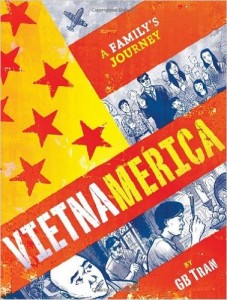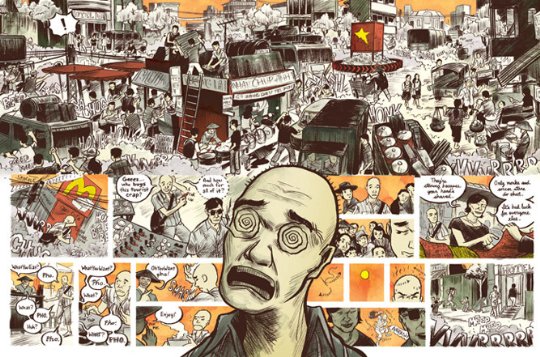A Finale: When Everything Comes Together
It has definitely been a curious first year of university here at UBC for myself, and I’m sure for many around me as well. Having participated in the Global Citizens CAP (Coordinated Arts Program) has been a rewarding experience and I am entirely grateful for all of the teamwork and effort made by all of my professors in this program. They have done an especially great job at creating connections between each course which works to create a larger picture that has been accumulating throughout the year, even into this final week of school.
Now, yesterday April first, we had CAPCON, where many students from our program came together to share a variety of their work that has been from throughout the year. Listening to several of these presentations proved to be quite a rewarding experience, as it is always an encouraging environment to see what our fellow peers have taken from their courses, and what they feel should be shared and discussed. One presentation was titled, “The Body that is Not Yours,” and it was presented by Ina de Weerdt, Peijia Ding, and Nico Jiminez. The three reflected on C.W. Mills’ “The Sociological Imagination,” which is a theory that essentially explains how the individual is connected to society, and specifically how the issues of an individual are not often a product of themselves, but instead due to issues regarding the greater societal context. The three covered several issues that pertained to this. Nico talked about his many masks that he displays, student, son, etc, and this had me thinking in the context of narratives as my ASTU class has been focusing on all year. There is a connection here because Nico’s own narrative is largely effected by society, just as all our own narratives are not a personal venture, but one shaped and prodded by our own experiences and surroundings that we are socialized to. This also correlates to what Ina and Peijia talked about. Ina also talked about the sociological imagination and how it effects the greater masses in what is expected of body image, and also dealing with bigger issues. Capitalist and media representations are very involved in what we as people think of ourselves to the point that our own narrative is molded. Ina also noted that positive changes are being made that represents all body types and promotes diversity, and in these changes too comes variations in personal stories. Ina also talked about masculinity and the “ideal” man that has been formed by society. She gave us the statistic that because of these expectations, men are four times more likely to commit suicide than women. So I think about these men who have been pushed by society to do this, and that connection to their personal narrative and how it has come to this out of the greater picture, just as the sociological imagination figures. Finally, Peijia talked about fat shaming, and how people’s weight is effected also by society and not just themselves in relation to class, race and gender. This too correlates to the sociological imagination and the individual’s personal witnessing to the environment.
Essentially, this presentation brought up these issues around gender stereotyping, fat shaming, and over all self image, but it also made me think back to all of the memoirs that we have read throughout the year in ASTU and how those who wrote them related their own testimonies to the different issues that they faced and the links that happened in their own contexts. Where I had understood the memoir as a separate idea, and the sociological imagination as a separate idea, they now come together in my mind in a different way than before which is a super valuable perspective to have gained from CAPCON, and the past year.
So here it is nearly the end of this journey, and let me be super cliché here, and say that it is also just the beginning.
Thanks for the read,
Tima J



![[Image from the book, 'Vietnamerica' by Gia-Bao Tran. Published by Villard Books] *** []](https://blogs.ubc.ca/wordsoftima/files/2016/03/viet-3-300x201.jpg)